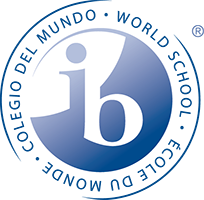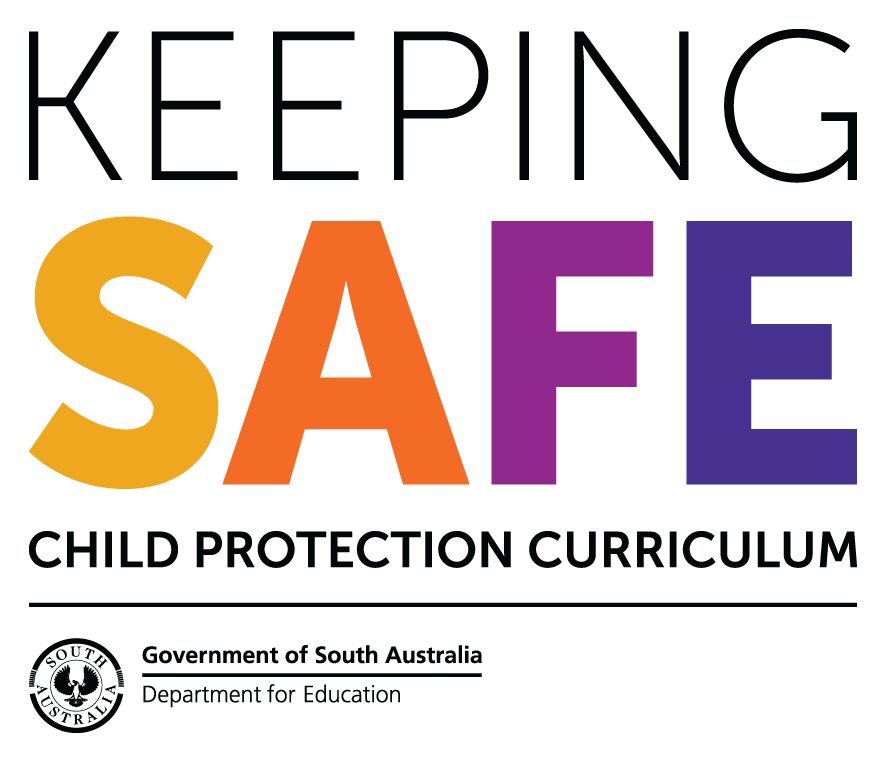How Children Learn Mathematics
At TISA we believe learners acquire mathematical understanding by constructing their own meaning through lived experience and applying their understanding of core mathematical concepts. Starting with an exploration of their own personal strategies, understandings and knowledge students are encouraged to build knowledge through experience, in particular with other learners. Additionally, it is fundamental to the philosophy of the PYP that, since it is to be used in real-life situations, mathematics needs to be taught in relevant, realistic contexts, rather than by attempting to impart a body of content directly to students. How children learn mathematics can be described using the following key stages:
Constructing Meaning; Students construct and co-construct meaning from direct experiences such as using equipment or materials and explaining or investigating.
Transferring Meaning; Students begin to connect symbols with objects, abstract ideas and mathematical processes.
Applying with Understanding; Through authentic activities, students independently select and use appropriate symbols and processes to record their thinking as they take part in practical hands-on problem solving activities and realistic situations.
Overall Mathematics Expectations
At TISA the students will be taking part in learning experiences that encompass five strands of mathematics: data handling, shape and space, pattern and function, measurement, and number. Furthermore, at TISA we also apply NZ mathematics standards to our planning and assessment.
New Zealand Mathematics
To contribute toward the planning and implementation of mathematics TISA chooses to work from the set of universal standards set out by New Zealand mathematics or ‘NZ Maths’. Why New Zealand mathematics?
The rationale for selecting NZ maths is based on three driving factors:
- The broad nature of the NZ curriculum goals caters for wide, yet deep, parameters for teaching and learning in a diverse learning environment
- Assessments, planners and parent support materials are carefully interlinked and are readily accessible to our community online via the NZ Maths website
- NZ Maths standards act as a foundation for further mathematics initiatives and are aligned with PYP conceptual understandings and inquiry based learning experiences
The NZ standards are aligned with our TISA grade levels as follows:
P3 – P4 NZ Level 1
P5 – P6 NZ Level 2
P7 – P8 NZ Level 3
These levels are presented in detail via the following link: http://nzmaths.co.nz/nzc-and-standards
ELC levels can be found here: http://nzmaths.co.nz/supporting-rich-mathematical-interactions-ece
Suggestions for how you can support your child at home can be found here: http://nzmaths.co.nz/maths-our-house




